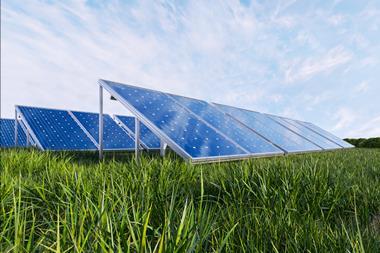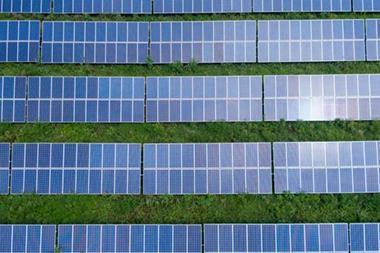Wind and solar projects are much cheaper than new coal or gas-fired power plants, despite rising construction costs
The cost advantage of renewables over fossil fuels is expected to grow.
Although plants for the production of green electricity have become significantly more expensive, wind and solar projects are much cheaper than new coal or gas-fired power plants.
“In the long term, renewables will be able to extend their advantage even further”, says Markus Voigt, CEO of the aream Group.
The high inflation rates worldwide are not leaving renewable energies untouched: At the end of June, the cost of building new onshore wind turbines was seven percent higher than a year earlier. The costs for solar plants even increased by 14 percent.
Causes for the price increase include higher transport costs: shipping rates from Asia have fallen since their peak in September 2021, according to the Bloomberg financial agency, but are still five times higher than in 2019.
“Shipping routes from Asia are crucial for the delivery of solar modules, inverters, batteries and other components”, explains Voigt.
In addition, prices for important metals such as aluminum, copper, cobalt and molybdenum are still at a comparatively high level. And finally, labour costs have also increased, especially in the US.
The future is green
Even though renewable energies for power generation have become more expensive: Their gap with fossil alternatives has continued to grow.
For example, new onshore wind and solar projects are currently about 40 percent cheaper than global benchmarks for new coal or gas-fired power plants, according to Bloomberg.
As a result, renewable energy projects will eventually amortise themselves more quickly, despite increased construction costs. With growing demand, the main challenge will be creating the renewable infrastructure needed in a short space of time.
It is not just the pricing mechanism; policymakers are also driving the transformation to a carbon-neutral economy.
A new law in Germany, for instance, aims to increase the share of wind, solar and hydro power to 80 percent of the country’s electricity consumption by 2030. But expansion on its own, is not enough, thinks Voigt.
Permits are issued slowly and there is already often a lack of capacity in the grid to feed in the green power. “It is important to create a holistic concept that includes all renewable energy sources”, he says.
Pinning down inflation effects
- 1
- 2
- 3
- 4
- 5
 Currently reading
Currently readingDespite inflation: cost advantage of renewables grows
- 6
- 7
- 8
- 9
- 10





























No comments yet